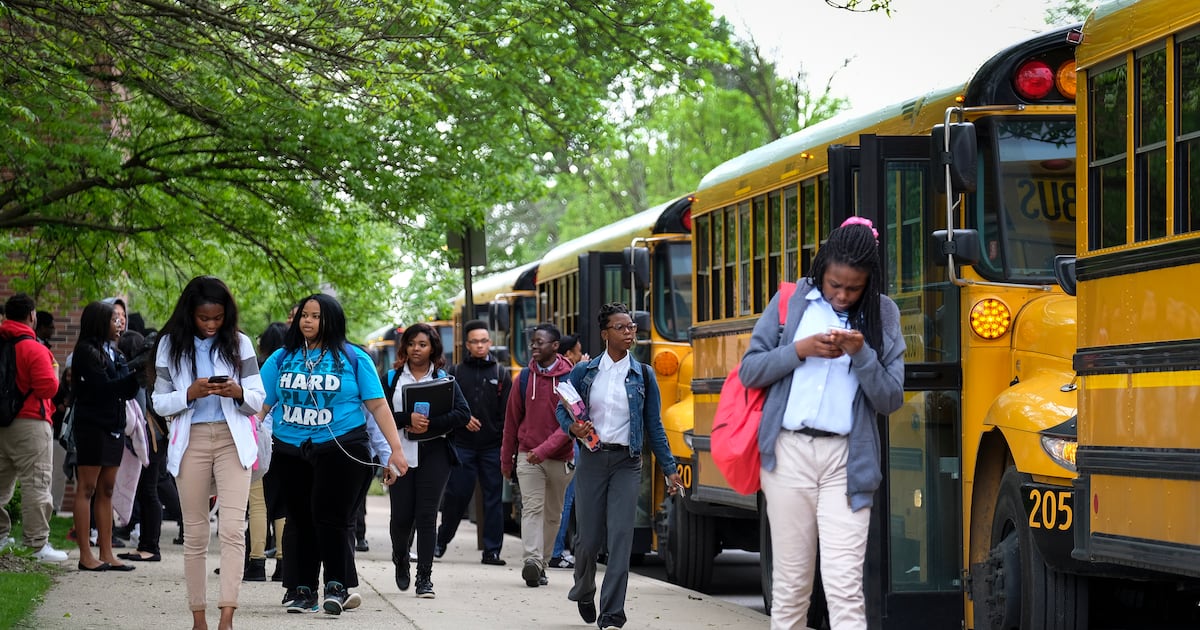Increasing Number of Indiana Families Benefit from School Vouchers, Yet Coverage for Tuition and Fees Declines


Indiana School Voucher Program Sees Slowed Growth and Increased Costs
Recent data from the Indiana Department of Education indicates a notable deceleration in the growth of the state’s Choice Scholarship program during the 2024-25 academic year. This decline comes on the heels of previous explosive growth fueled by relaxed income eligibility requirements that were enacted in earlier legislative sessions.
In the latest enrollment figures, approximately 6,000 students joined the Choice Scholarship program, marking an 8% increase from the previous year. This contrasts sharply with the 30% surge observed from 2022-23 to 2023-24, suggesting that the rapid expansion of the program may be reaching a plateau.
State expenditures for this initiative have also reflected this trend, with costs rising to 7 million for the current academic year—an increase of million compared to the prior year. However, this figure represents a significant reduction in the rate of spending growth when juxtaposed with the 7 million increase recorded from 2022-23 to 2023-24. The slowdown in enrollment growth could be attributed to policymakers’ decision not to expand eligibility further during this reporting period.
In 2023, Indiana lawmakers enacted a transformative policy, making the Choice Scholarship program nearly universal by allowing families earning up to 400% of the income threshold for subsidized school meals—approximately 0,000 for a family of four—to qualify for vouchers. Despite this, the legislative session in 2025 further eliminated the remaining income requirements, thereby opening the program to all families by June 2026—a change that will not appear in enrollment data until the 2026-27 school year.
While supporters of the program, including Governor Mike Braun and other Republican lawmakers, frame the removal of income limits as a step towards enhancing parental choice in education, critics argue that the program is straying from its original intent. Initially designed to support low-income families in accessing better educational opportunities, the program is now perceived by some to benefit relatively affluent families, including those already enrolled in private schools.
The demographic composition of voucher recipients reveals a significant trend: the average voucher recipient in 2025 has never attended an Indiana public school. The majority of these students are white, female, and elementary-aged, hailing from households with an average income of approximately 3,000 annually. The increase in voucher use is particularly pronounced among wealthier families, with 1.7% more families earning over 0,000 utilizing vouchers, while usage among families earning between ,000 and 0,000 declined.
Total enrollment in private schools across Indiana has climbed to just under 100,000 students in the 2024-25 academic year. Of these, around 76,000 are utilizing vouchers, while traditional public school enrollment has remained relatively stable, growing slightly from 978,000 to 982,000, and charter school enrollments also seeing an uptick from 52,000 to 56,000, resulting in an aggregate enrollment exceeding one million.
Despite more schools participating in the Choice Scholarship program, the financial assistance provided to families is increasingly inadequate. The report indicates a rising number of schools charging more than ,000 in tuition, while fewer schools fall below that threshold. Moreover, a greater proportion of families are receiving vouchers that do not cover the full cost of tuition and fees—72% of households received a voucher amounting to 90% of their local school district’s per-student funding, leaving many families to cover significant out-of-pocket costs.
The current data presents critical insights into the evolving landscape of education in Indiana, reflecting both the opportunities and challenges faced by families seeking alternative schooling options. As policymakers assess the implications of these trends, questions linger regarding the long-term viability and intent of the voucher program in promoting equitable access to quality education for all Indiana students.
This analysis underscores the need for ongoing dialogue surrounding educational funding, family choices, and the implications of voucher systems on broader public educational institutions.





